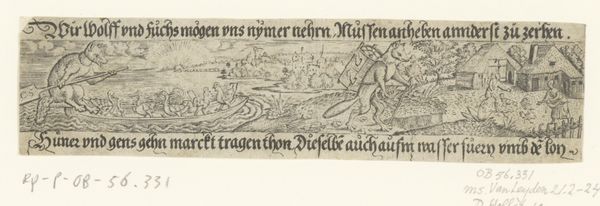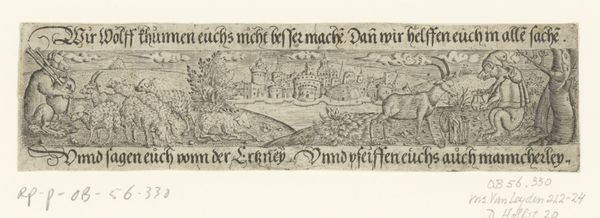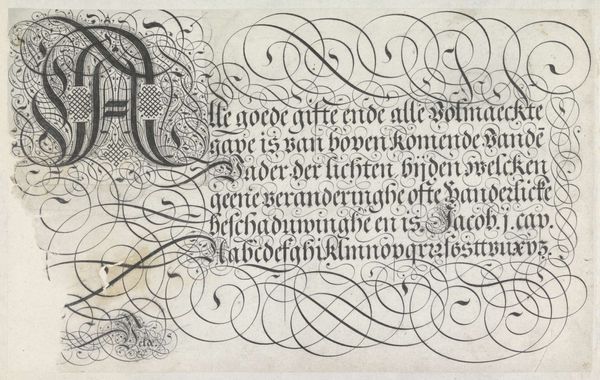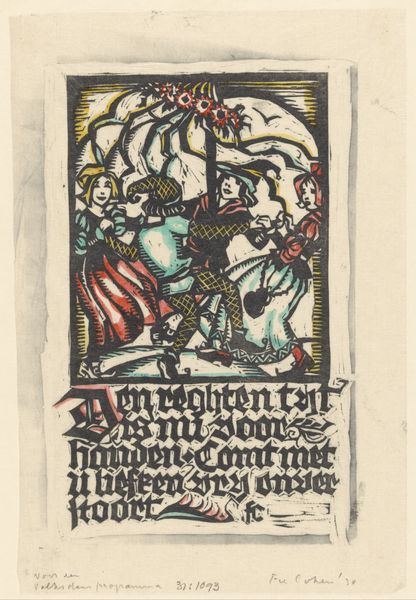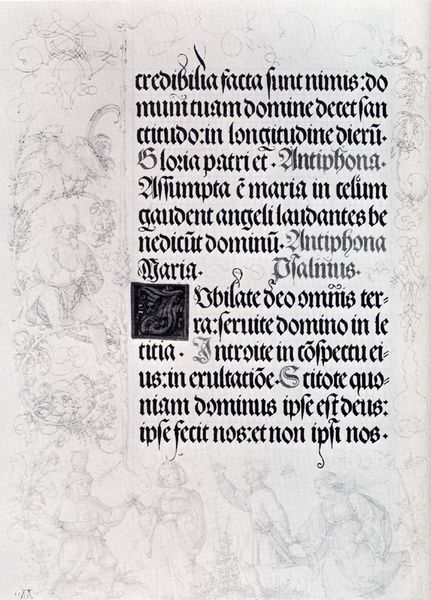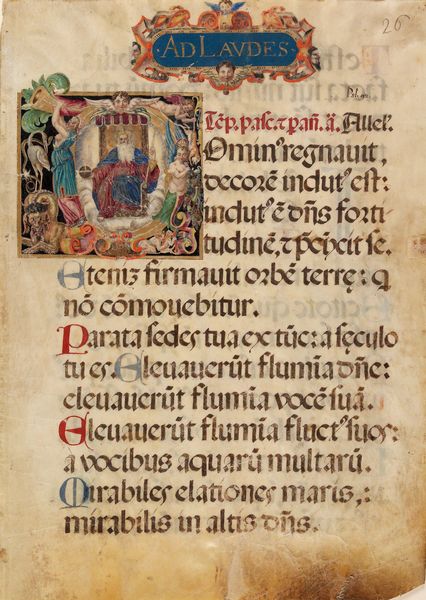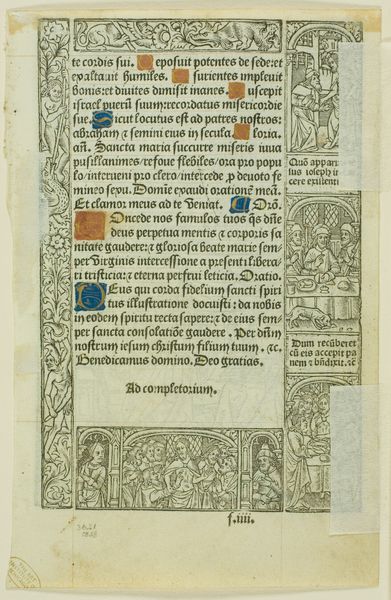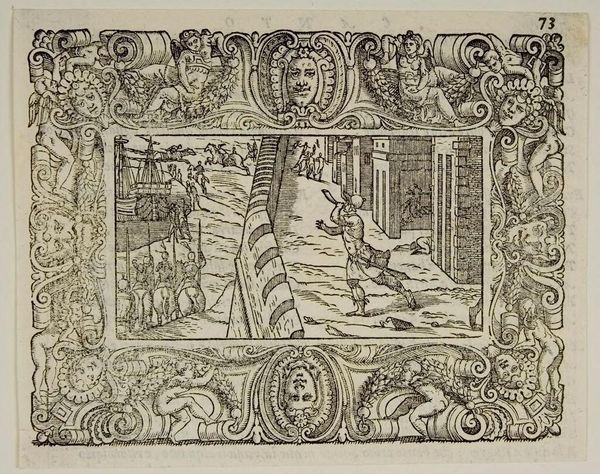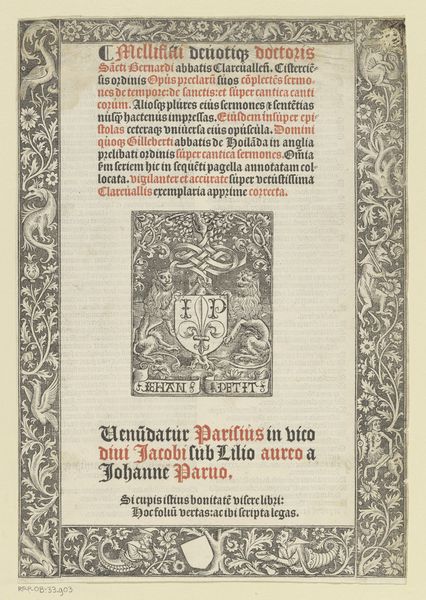
print, engraving
#
narrative-art
# print
#
line
#
northern-renaissance
#
engraving
Dimensions: height 44 mm, width 171 mm
Copyright: Rijks Museum: Open Domain
Curator: This engraving, titled "Konijnen triomferen over wolven," which translates to "Rabbits Triumphing Over Wolves," dates back to the period of 1563-1583. The piece is currently held in the Rijksmuseum and attributed to Conrad Saldörffer. It presents quite an unusual narrative. What's your initial impression? Editor: Immediately, I see a reversal of power, a carnivalesque parody. The scale is captivating; these meticulously etched figures are so small, yet their symbolic weight feels immense. Curator: Indeed. In Saldörffer’s time, images like these often reflected anxieties about social upheaval. Prints circulated widely, and the theme of the "world turned upside down" was common, speaking to fears of social disorder. Here, it’s literally enacted, with the traditionally vulnerable rabbits dominating their predators. Editor: Right, and the choice of rabbits is telling. They are often associated with fertility, but also timidity. The fact that they're armed and leading wolves like draught animals carries layers of meaning. Is this about class conflict? An allegory of peasant revolt, perhaps? Curator: Possibly. It is important to remember this was published at a time of great tension in Europe; social unrest, and religious reformation were shaping society. Perhaps Saldörffer is illustrating a popular satire or fable that circulated amongst the populace. Art can also function as popular entertainment and be driven by market concerns, thus playing to popular fantasies of domination. Editor: Note the use of text interwoven with the image. It reinforces this inversion, doesn’t it? It feels like it provides instructions, a performative aspect... almost suggesting that such inversions are fleeting and temporary. Are we meant to take joy in a spectacle or to truly believe that such inversion could lead to justice and equality? Curator: These prints often worked on multiple levels, acting as both entertainment and cautionary tales. And even revolutionary art has its market, and it could be said to reaffirm the social structure by playfully reminding one of the existing order. Editor: Looking at the intricate details – the armour, the musical instruments, the various carriages – I am left pondering the psychological power of reversing expectations. Curator: Agreed. Considering that context— the socio-political anxieties swirling during its creation and early circulation— we begin to get a better sense of why rabbits could triumph, if only within the boundaries of this detailed engraving.
Comments
No comments
Be the first to comment and join the conversation on the ultimate creative platform.

